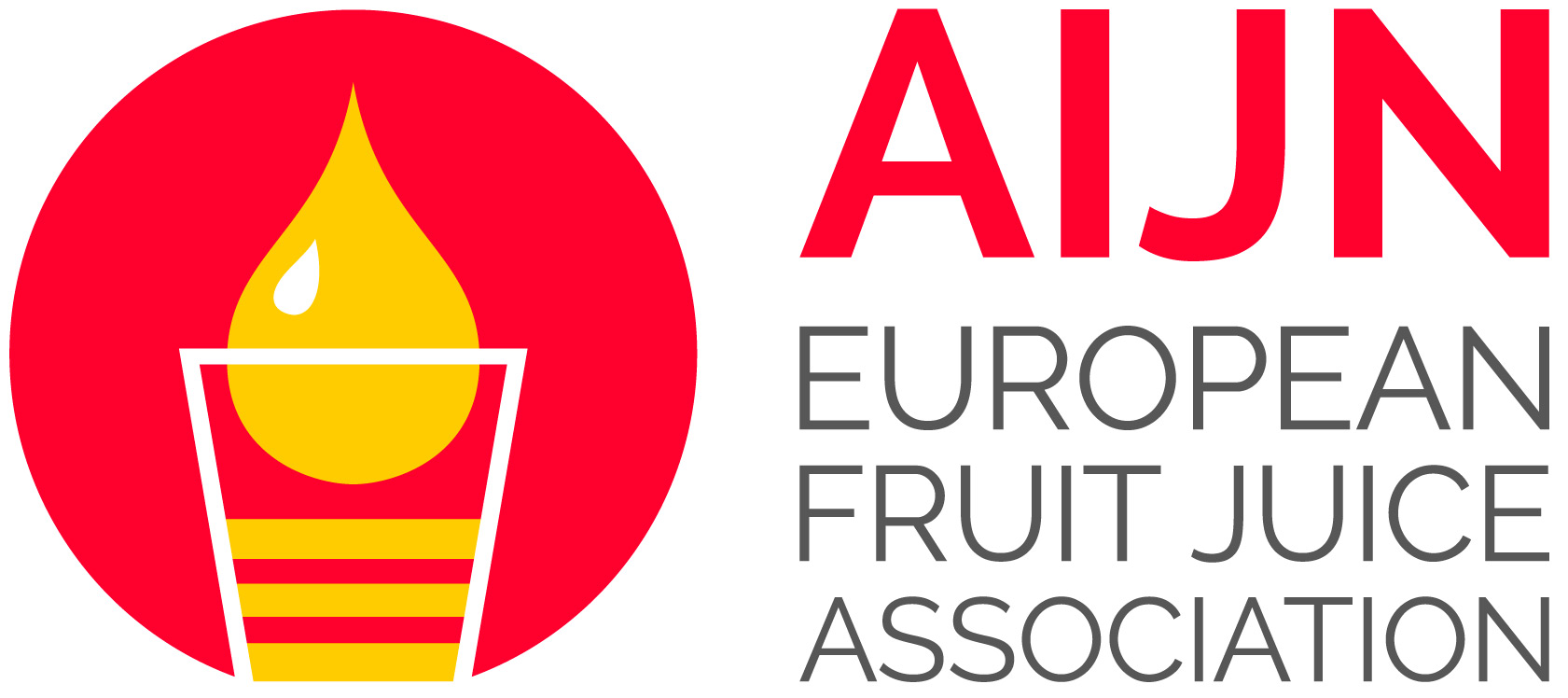Code Of Practice
Blueberry-Bilberry
Introduction
This reference guideline seeks to define various acceptability parameters for blueberry/Bilberry Juice/Purée .
The parameters are listed under 2 sections:
• Section A contains various parameters that characterise the absolute quality requirements. They are considered as being mandatory for all blueberry juices and purées juices marketed in the European Union.
• Section B contains various criteria relevant to the evaluation of identity and authenticity. It also contains some less critical quality criteria. It is crucial for users of this guideline to understand that a valid conclusion, regarding the authenticity of a particular sample, can only be reached providing the analytical picture has been subject to expert interpretation. If some parameters do not fall within the values quoted in Section B this does not mean, automatically, that the sample is adulterated. In addition, it should not be seen as a list of analytes that all have to be measured. Rather, it is a source of information for experts to use to dedicate which particular aspects of the juice needs to be investigated.
Any provisional values will be indicated in blue, and any changes in the guideline will be in orange.
The values and comments in this guideline are based on pure, authentic juices, without permitted ingredients and/or additives, exhibiting the characteristic colour and flavour of the named fruit.
Blueberry/bilberry juice/purée is obtained, by definition of the EC fruit juice and similar products Directive, from mature and sound fruit by mechanical processes and is treated by suitable physical means.
Three fruit species are of industrial importance. Vaccinium myrtillus, often called “wild” bilberry or European blueberry. It, is a wild growing shrub, commercially sourced in Nordic and Eastern European countries, therefore also referred to as “arctic” bilberry. The skin and the flesh of V. myrtillus are anthocyanin-rich and have a characteristic dark blue colour.
Vaccinium corymbosum (highbush) and Vaccinium angustifolium (lowbush), sometimes referred to as “US wild”, are cultivated or managed species, in the reference guideline referred to as “domesticated”. In comparison to bilberry, the berries on these bushes are bigger and have white fruit flesh. Therefore, these juices/purée have a lower anthocyanin content (colour).
On these types of bushes, the berries are grow in clusters, which allows them to be mechanically harvested, unlike bilberries which have to be hand-picked. As trivial names are used interchangeably in some languages, special care should be taken regarding the correct legal name, especially if using the attribute “wild”.
